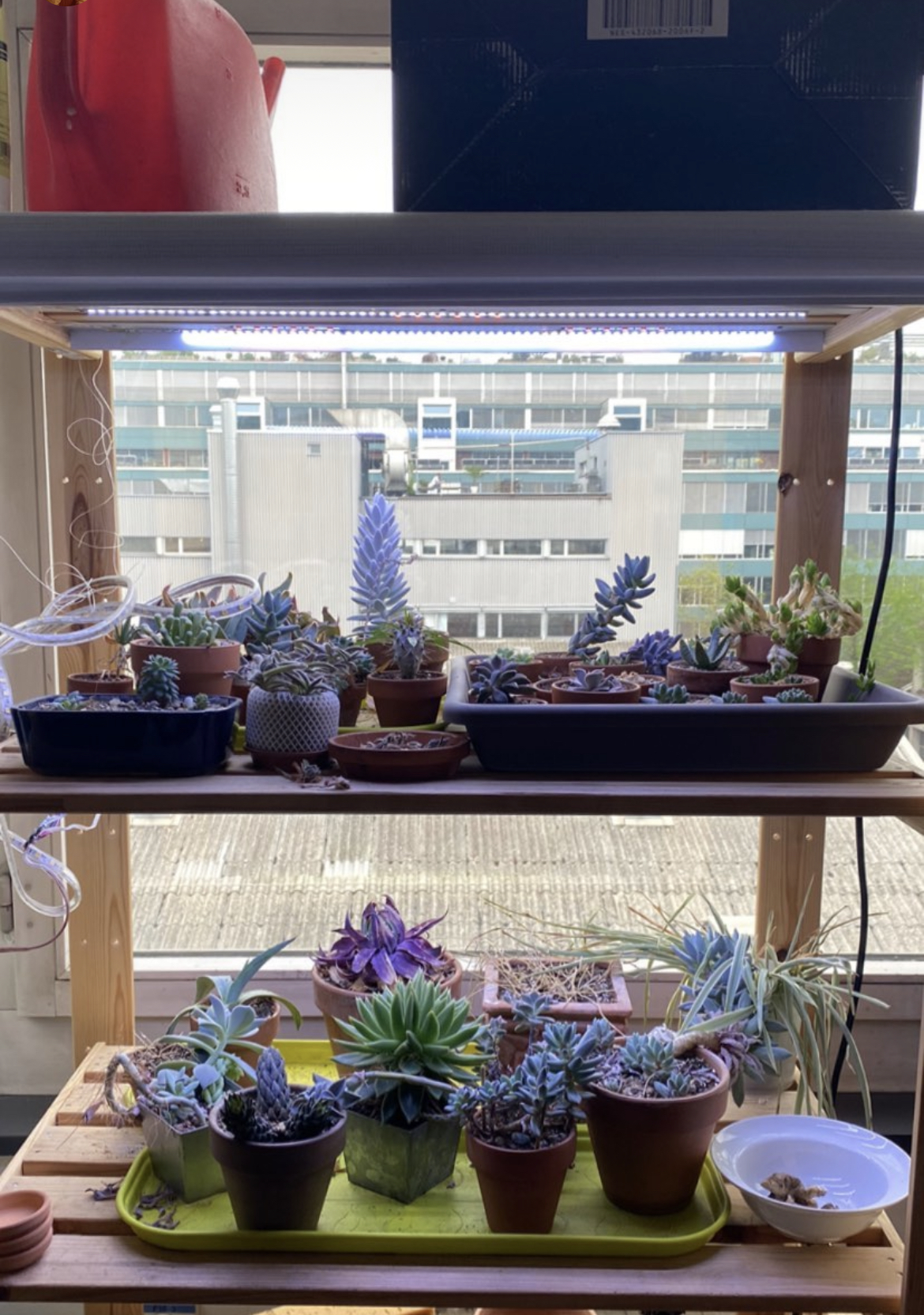Co-habitations
Stay for another dance
It is said that co-habitation is the fact of living or existing at the same time or in the same place. In a more orderly-establishment sense of the word, it is reduced to refer to a personal and even sexual relationship with another human that lives and exists at the same time or in the same place with you. Both definitions feel short, maybe too short, for what the experience of co-habiting entangles and opens.
What is it what enables co-habitation? Can we co-habit in different timelines or at multiple places? How do we experience and recognize our co-habitation with other living and dying organisms which are not human?
What makes co-habitation possible is –
you want to find out what happens next – this common wish creates the conditions for the situation, one that tells a story you are becoming with.
So the fact of living or existing, assisting and insisting in certain time and place, together and maybe publicly with others, not only human but critters, objects and invisible presences, is the fact that creates the surface to tell a story, an extended mat where you dance. Here your dancing moves keep growing out of the last movement. And these moves –elliptical distracted repetitive sensational – are all inevitable invitations for you to recollect and tell the stories you are moving with. Because your body is moving and feeling and breathing your surroundings, it has the capacity to hold and channel multiple layers of time, an array of places, and numerous material vibrations, to tell your co-habitation stories.
To do so, you can build the story as your house[1], or refuge – as literal as it is, because we are talking about our ways of inhabiting and who or what doesn't enjoy a nest. A house or refuge is something to come into from the outside, so maybe you want to have a welcoming entrance, to have an open front door that shows a glimpse of what is inside.
Once in, different and various things can happen, entangled paths, big and small rooms, up and down stairs, windows, garden pockets, an attic, warm corners, death alleys. Your guests might live there for a short or long while, you can choose to show them the view, cook something, have a nap in the hall. Somehow it seems important to have a back door, because you want to know what the back door opens onto, a way out to go, maybe to the house next door, maybe to pick up the dancing in the playground.

- ↑ ** While writing this text I borrowed some dance moves from Ursula K. LeGuin, a good friend.